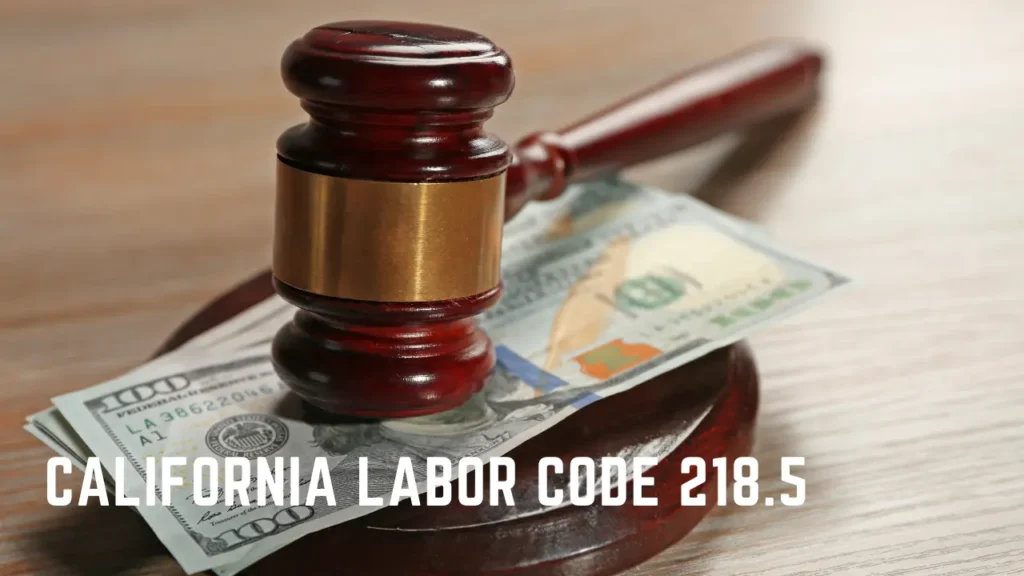Table of Contents
ToggleIn the evolving landscape of corporate culture, a growing focus has been placed on ensuring a safe and respectful work environment for all employees. A crucial aspect in this endeavor is recognizing and addressing the signs of a hostile work environment – a condition where an employee might find their workplace unbearable due to pervasive discriminatory behavior. This not only infringes on an individual’s right to fair employment but also hampers overall productivity and morale.
Understanding the legal definitions, identifying responsible parties, evaluating the severity of harassment, and employer liability are some elements that require our attention. Unraveling these complexities can equip both employers and employees with the knowledge to foster a harmonious workplace. The question then becomes, what exactly constitutes a hostile work environment?
Signs of a Hostile Work Environment
Identifying a hostile work environment requires a keen observation of certain indicative behaviors and patterns within the workplace. It is crucial to recognize signs such as colleagues making fun of someone or supervisors treating certain individuals with less respect than others.
An indication of a hostile environment may also include career opportunities or coveted workplace benefits being offered selectively or workplace rules being enforced discriminately. A culture that employs public shaming is another clear marker.
Additionally, the violation of legally protected traits, such as race, color, religion, sex, or national origin, is a grave sign of hostility. Understanding these signs is the first step towards mitigating hostility, promoting a healthier, more productive workplace environment, and ensuring legal compliance.
Legally Protected Workplace Traits
In the context of the workplace, there are five fundamental traits that are legally protected under federal law: race, color, religion, sex, and national origin. These legally protected traits are fundamental to safeguarding individuals from discrimination and ensuring a fair, respectful workplace for all employees.
- Race: This includes ancestry, physical characteristics associated with race, and perception of race.
- Color: Discrimination based on the color of one’s skin or complexion.
- Religion: This includes all aspects of religious observance, practice, and belief.
- Sex: This applies to both men and women, and includes pregnancy, gender identity, and sexual orientation.
- National Origin: This involves treating people unfavorably because they are from a particular country or part of the world, or because of their ethnicity or accent.
Evaluating Harassment Severity
While it is essential to understand the traits protected under federal law, it becomes equally crucial to ascertain the severity or pervasiveness of harassment in a workplace setting. Evaluating harassment severity involves considering whether the behavior is severe enough to alter working conditions fundamentally.
A single incident, unless exceptionally severe, is usually insufficient to establish a hostile environment. Rather, a pattern of relentless behavior over a significant duration is key in establishing harassment. Severe incidents, such as physical assault or hate crimes, can instantly create a hostile environment.
Employers, therefore, must remain vigilant to both isolated and systemic aggressive behaviors that can escalate into serious, pervasive harassment, thereby qualifying as a hostile work environment.
Identifying Responsible Parties
Determining the culprits of a hostile work environment is an integral aspect of addressing and rectifying workplace harassment. It is crucial to identify who is responsible for creating such an environment. This responsibility can rest with:
- Supervisors: They play an essential role in setting the tone in a workplace. If they engage in or allow discriminatory behavior, they contribute to a hostile work environment.
- Coworkers: They can also create a hostile environment through their actions or words.
- Third parties: These could be vendors, clients, or customers whose inappropriate behavior affects the workplace environment.
- Employers: They can be held liable, especially if they were aware of the harassment and did not take corrective action.
- Institutional culture: Sometimes, the workplace culture itself fosters hostility.
Employer Liability and Compensation
Navigating the labyrinth of employer liability in cases of a hostile work environment necessitates a clear understanding of the conditions under which an employer can be held responsible and the potential compensation for victims. Employers can be held liable if a supervisor creates a hostile environment, or if they were aware of harassment by coworkers or non-employees and failed to take corrective action. The severity and pervasiveness of the harassment are critical in determining liability.
Compensation for victims can include emotional distress, medical conditions resulting from the hostile environment, and lost wages. It is essential for victims to provide substantial evidence of the harassment and the employer’s negligence for a successful hostile work environment claim.
Conclusion
In conclusion, discerning a hostile work environment necessitates understanding its signs, legally protected traits, harassment’s severity, and identifying the responsible parties.
Employers’ liability and compensation in such cases underline the gravity of maintaining a respectful and non-discriminatory work setting.
The complexity of these aspects underscores the importance of awareness and actions to prevent such situations, thereby promoting a harmonious work environment beneficial for both employers and employees.















